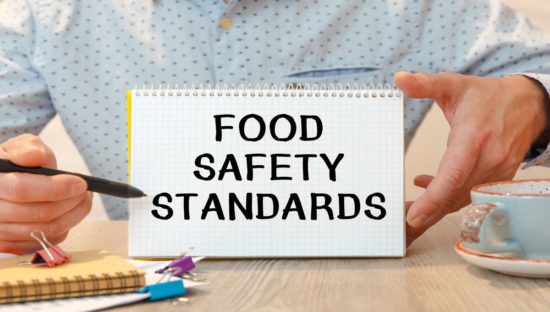Meat and poultry processing facilities received a reprieve when EPA Administrator Lee Zeldin signed a final action on Aug. 28 to withdraw a 2024 proposed rule that would have revised effluent limitations guidelines and established new pretreatment standards for the industry.
Zeldin noted the withdrawal would reduce “future compliance costs for this vital American industry” and “advances the goals of President Trump’s executive actions on defeating the cost-of-living crisis and unleashing prosperity through deregulation.”
The so-called effluent limitations guidelines or ELGs currently apply to only about 180 of the estimated 5,300 meat and poultry facilities nationwide.
A long list of environmental groups almost immediately challenged the EPA’s withdrawal of the rule, which would have raised water pollution standards for the meat and poultry industries.
Filing a lawsuit in the U.S. Court of Appeals for the Ninth Circuit were Earthjustice and the Environmental Integrity Project on behalf of Waterkeeper Alliance, with Cape Fear River Watch, Rural Empowerment Association for Community Help, Humane Society of the United States, Food & Water Watch, Environment America, Comite Civico del Valle, Center for Biological Diversity and the Animal Legal Defense Fund.
According to the Plaintiffs, had the rule been enacted, it would have “limited phosphorus discharges from at least 126 meat industry plants nationwide” and prevented “over 8 million pounds of phosphorus pollution annually, along with 9 million pounds of nitrogen and other harmful contaminants like fecal bacteria and grease.”
“EPA is legally obligated to enforce the Clean Water Act but is instead claiming unchecked discretion to ignore its mandates in favor of deregulatory priorities,” said Kelly Hunter Foster, senior attorney at Waterkeeper Alliance. “Allowing slaughterhouses and rendering plants to continue discharging millions of pounds of pollutants each year contradicts the agency’s own findings that the revised standards are needed and would improve water quality, protect public health, and benefit local economies.”
The EPA estimated between 845 and 1,620 facilities would be subject to and incur costs should the proposed ELGs become final.
Since the EPA is the Defendant in the lawsuit, meat and poultry industry groups are seeking to enter the judicial battle by asking the court for permission to intervene.
A coalition of meat and poultry processors, which has been involved with the EPA throughout its studies and regulatory reviews of the Meat and Poultry Products Effluent Limitations Guidelines, wants to be included.
The industry coalition had earlier warned the EPA about upsetting the existing relationships that indirect dischargers have with their local publicly owned treatment works, which have also warned the EPA not to regulate indirect discharges.
It also found errors in the EPA’s models and cost analyses. It identified significant impacts the EPA’s proposal would have on the industry, “by forcing the closure of multiple plants, creating significant unemployment in small communities.”
The coalition also asserted that the EPA was “overestimating the environmental impacts of the industry and the benefits further regulation would generate” and that “existing ELGs still represented the best technologies for controlling pollutants.”
Following the EPA’s withdrawal of the proposed rule in August, the industry group the Meat Institute applauded the administration for stopping what it called costly changes to wastewater regulations.
“This important decision by Administrator Zeldin ends a regulatory disaster that would have forced meat processing facilities to close, causing food prices to go up and hardship for livestock and poultry producers,” said Meat Institute president and chief executive officer Julie Anna Potts. “We are grateful for the swift action of the Trump Administration to put the consumer first and eliminate burdensome regulations that destroy jobs.”
To sign up for a free subscription to Food Safety News, click here.)



